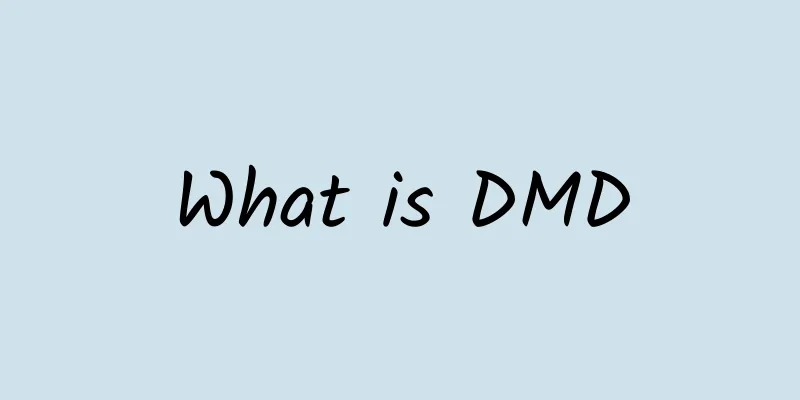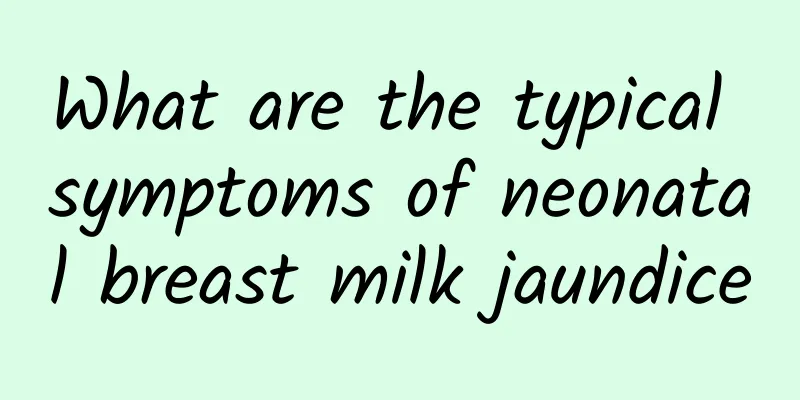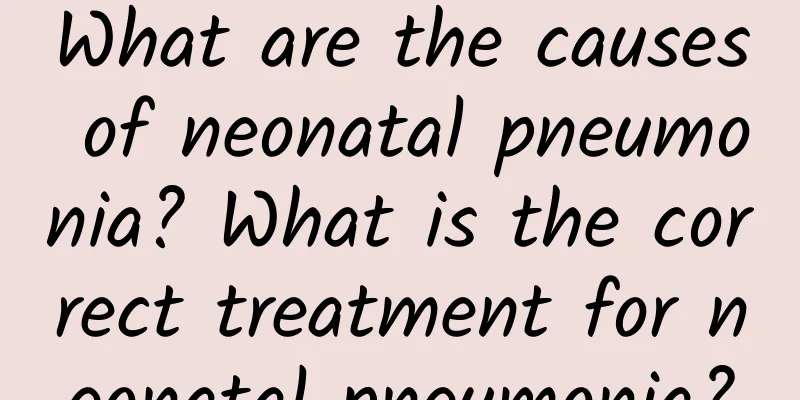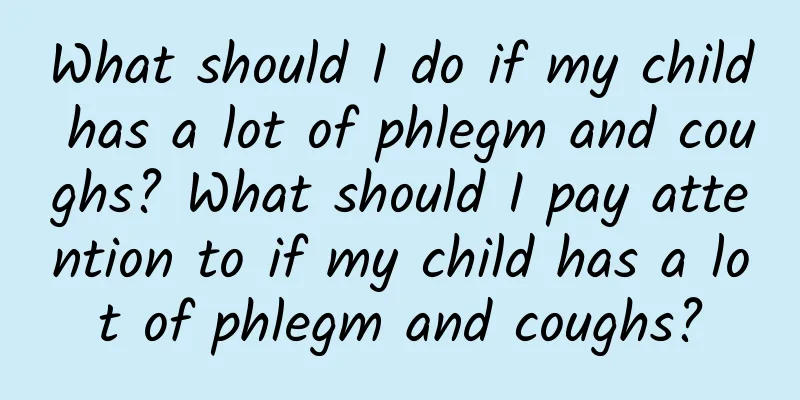Is atypical Kawasaki disease serious?
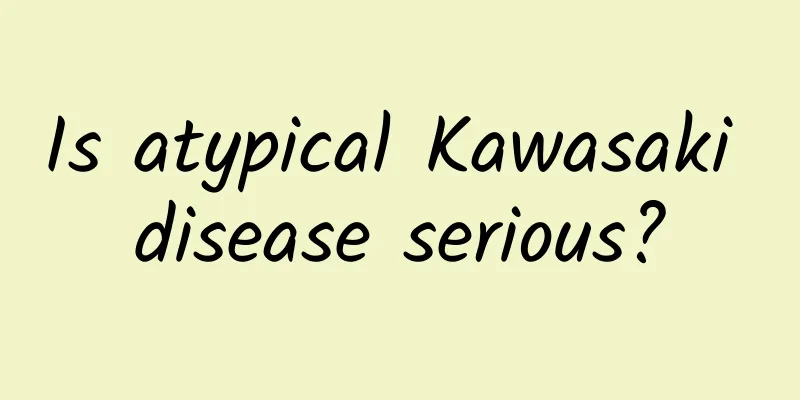
|
The severity of atypical Kawasaki disease varies from person to person, and some patients may develop serious complications that require prompt medical treatment. Treatments include immunoglobulin injections, aspirin, and close monitoring of heart function. 1. Atypical Kawasaki disease is a common vasculitis in children. Its symptoms are similar to those of typical Kawasaki disease but not typical enough. It may present with fever, rash, swollen lymph nodes in the neck, etc. Due to its atypical symptoms, it is easy to be misdiagnosed or delayed in treatment, increasing the risk of complications. Common complications include coronary artery aneurysm, myocarditis and pericarditis, which may lead to heart failure or sudden death in severe cases. 2. After atypical Kawasaki disease is diagnosed, the primary treatment is intravenous immunoglobulin, which is usually used within 10 days of onset, and can significantly reduce the risk of coronary artery damage. The dose and course of immunoglobulin need to be adjusted according to the patient's weight and the severity of the disease. At the same time, the doctor will recommend that the patient take oral aspirin to fight inflammation and platelet aggregation and reduce the possibility of thrombosis. The dose of aspirin is higher in the acute phase, and then gradually reduced to a maintenance dose. 3. In addition to drug treatment, close monitoring of heart function is essential. Regular echocardiography should be performed to assess whether the coronary arteries are dilated or aneurysms are formed. If coronary artery abnormalities are found, further adjustments to the treatment plan are required, such as increasing the dose of aspirin or using other anticoagulants. During the recovery period, patients should avoid strenuous exercise and have regular checkups to ensure normal heart function. 4. Early diagnosis and timely treatment of atypical Kawasaki disease are the key to preventing serious complications. Parents should pay close attention to changes in their children's symptoms, such as persistent fever, rash or swollen lymph nodes, and seek medical attention in a timely manner. Doctors can make an accurate diagnosis by taking a detailed medical history, physical examination and laboratory tests, combined with echocardiogram results. Early intervention can significantly improve prognosis and reduce long-term cardiovascular risks. Although atypical Kawasaki disease may cause serious complications, most patients have a good prognosis through timely diagnosis and standardized treatment. Parents need to be vigilant, seek medical treatment in a timely manner, and cooperate with doctors to complete treatment and follow-up. |
<<: Nighttime emergency spray for acute laryngitis in children
>>: How to treat hand, foot and mouth disease in a four-year-old child
Recommend
What is the difference between pneumonia and cold in children? Avoid five misunderstandings in the rational treatment of pneumonia in children
Pneumonia is a common disease, especially among c...
What are the early symptoms of polio?
Polio is a very serious disease that often occurs...
What should I do if my baby coughs badly when sleeping at night?
When babies cough badly at night, they can be fed...
What are the benefits of eating goose eggs? Will eating goose eggs not cause allergies?
The common benefits of eating goose eggs are nour...
Symptoms of chronic obstructive parotitis
The main symptoms of chronic obstructive parotiti...
What medicine should I take for viral mumps?
What medicine should I take for viral mumps? Afte...
Does taurine help sexual performance?
Can taurine help sexual performance? Many people ...
What is ADHD
ADHD is a common behavioral disorder in children,...
What is the effect of the oral liquid for pediatric lung heat, cough and asthma? What are the ingredients of the oral liquid for pediatric lung heat, cough and asthma?
One of the effects of the oral liquid for treatin...
What are the early symptoms of infantile polio?
Poliomyelitis is an acute infectious disease caus...
Is hand, foot and mouth disease in children highly contagious? Six ways to prevent hand, foot and mouth disease in children
Many parents today are worried about the hand, fo...
What to do if a newborn baby has eczema? Combination of causal treatment and drug treatment
When a newborn baby develops eczema, the first th...
What are the treatments for polio?
The treatment of polio is actually not a very com...
How to treat cough caused by allergic rhinitis in children? What are the treatments for cough caused by allergic rhinitis in children?
Allergic rhinitis in children can cause coughing....
What are the dangers of hepatitis B jaundice? How long does it usually take to recover from hepatitis B jaundice?
Jaundice is a relatively common symptom. The main...
